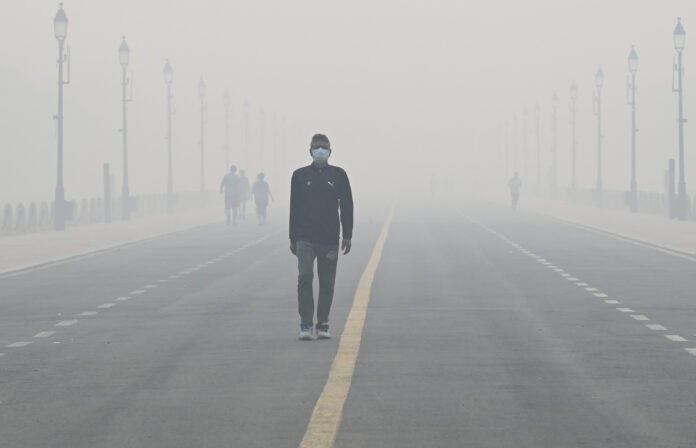Delhi’s air quality hit dangerously high levels after Diwali, sparking a warning from former G20 Sherpa Amitabh Kant. The Central Pollution Control Board (CPCB) reported the city’s overall Air Quality Index (AQI) at 400—well into the very poor range.
Why the spike?
During the Diwali week, many Delhi residents used firecrackers despite a ban. The Supreme Court had only allowed “green” crackers between 6 a.m.–7 a.m. and 8 p.m.–10 p.m., but people ignored these limits. The result was a surge in dust, smoke, and industrial emissions that pushed AQI to severe levels in several districts.
CPCB data shows stations like Bawana (AQI 418) and Anand Vihar (AQI 352) among the worst affected. The SAMEER app, also run by CPCB, confirms these numbers and highlights the sharp rise in fine particulate matter, PM2.5 and PM10.
Health fallout
Dr. Aakash Vidholiya, a senior pulmonologist at RML Hospital, said the air‑quality crisis has forced many patients onto oxygen support. “Those already battling asthma or COPD feel the worst,” he explained. Low oxygen levels in the smog make breathing harder, especially for vulnerable individuals.
Calls for tough action
Kant called for a “ruthless and sustained execution” to undo the damage. He cited global successes in Los Angeles, Beijing and London and asked, “Why can’t Delhi?” He urged a comprehensive plan that includes:
- Stopping crop and biomass burning
- Modernizing steam and brick‑kiln plants with cleaner technology
- Shifting all transport to electric by 2030
- Enforcing stricter dust‑control rules at construction sites
- Improving waste segregation and recycling
- Rebuilding Delhi with more green spaces and walkable transit options
Environmentalist Anil Gupta added that Delhi’s geography—low wind speeds and the surrounding steppe—contributes to pollution. He stressed the need for better waste management and increased cleanliness to bring long‑term improvement.
The city’s Pollution Control Board notes that while the current AQI remains in the very poor category across most stations, there has been a decline from last year’s peak of 800. Still, the fine dust problem is far from over.
What people can do
- Use fewer firecrackers or opt for eco‑friendly alternatives.
- Avoid outdoor activities when the AQI is above 300.
- Advocate for stricter enforcement of pollution controls.
- Support local initiatives that plant trees and promote electric vehicles.
Delhi’s battle against pollution continues, but with coordinated action and community participation, the dream of clear skies may soon become reality.
Source: ianslive
Stay informed on all the latest news, real-time breaking news updates, and follow all the important headlines in world News on Latest NewsX. Follow us on social media Facebook, Twitter(X), Gettr and subscribe our Youtube Channel.



